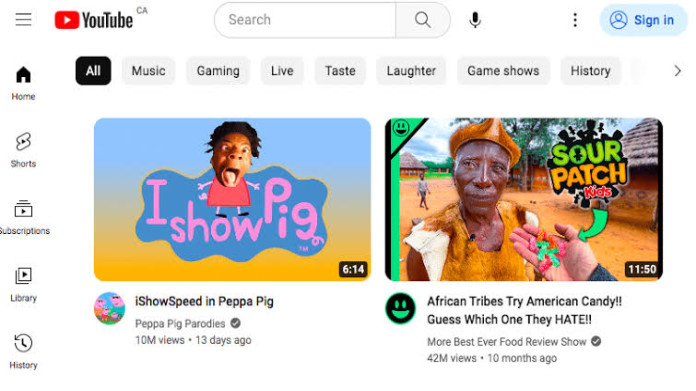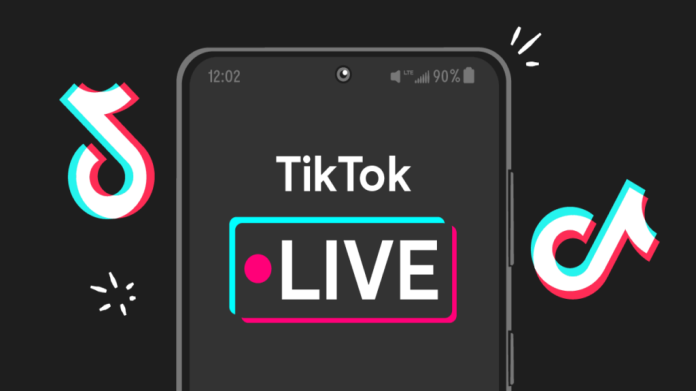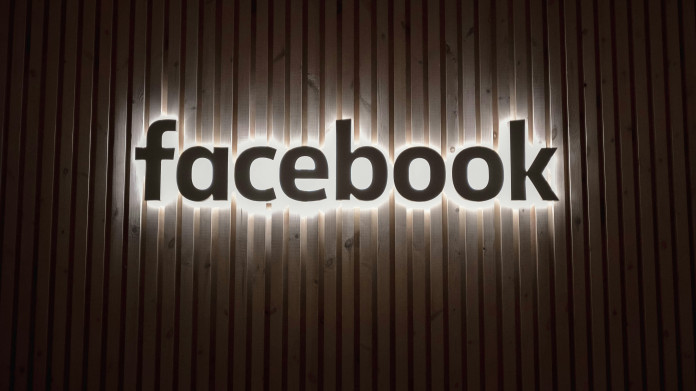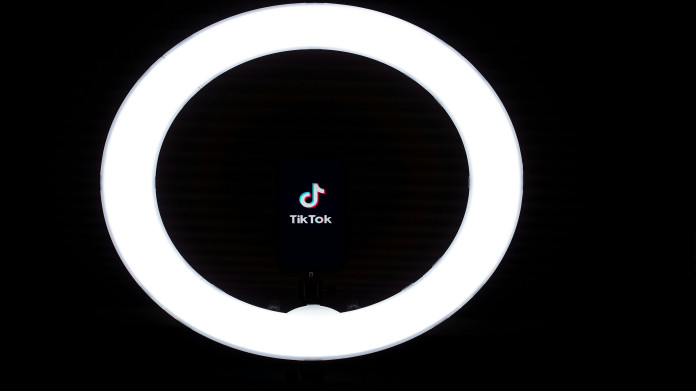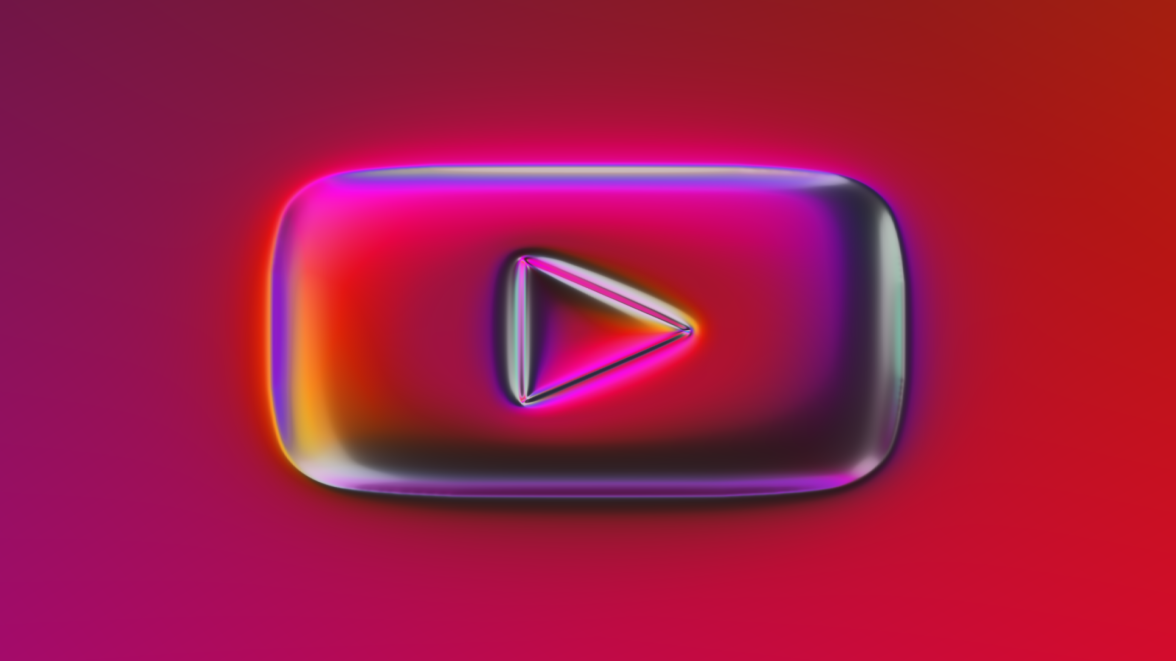
I Quit My Job At 30 To Make Comedy Skits On YouTube.
This as-told-to essay is based on a conversation with Corey Tonge, a 32-year-old content creator who makes comedy skit videos for YouTube and TikTok. The following has been edited for length and clarity.
In 2020, I landed a marketing job for a sports supplement company where I worked closely with creators.
I saw what these creators were making, and I thought, "Holy shit! What am I doing?"
So, I started making some comedy skit videos after work. One day, I uploaded a skit about "Grand Theft Auto" that went viral on TikTok. I've always been a gamer, but I never thought I could build a following by making skits about video games.
I've since posted a video every single day for at least two and a half years.
I now have 1 million TikTok followers and 12 million YouTube subscribers. Last year, I was featured on YouTube's annual list of US "breakout creators," which highlighted channels with the greatest growth in US-based subscribers in 2023.
I started on TikTok. But I transitioned to YouTube quickly because, for me and most creators, YouTube is the golden platform of sustainability. It's a platform you go to if you want to make your business sustainable.
I realized I could really do this when I landed my first deal with Disney. I had worked with Disney on content to promote the movie "Free Guy" and then got a paid partnership with them.
I never thought I'd be able to work with a brand like Disney. Before the marketing job at the supplement company, I was a personal trainer. I worked at the Apple Store before that.
So the moment I finished that deal, and I saw that paycheck from Disney, I was like, this is it.
At that time, I had around four to six months of savings. I was 30 years old, and I told my parents, "I am quitting my job, and I'm trying this out. I have six months to survive, but I will make it." That was around September 2021.
I fully went into creating videos. I had around 4,000 subscribers on YouTube and 1 million followers on TikTok.
In October of that year, YouTube started picking up for me so much, specifically the short-form videos. My channel gained thousands of subscribers a day that month. It motivated me.
Ever since, I've been working 12- to 16-hour days every day. I'm very much a one-man team, which gives me full control over my brand. I work with a thumbnail artist and a long-form video editor because I used to edit those videos myself and it would take me probably 30 or 40 hours per video. I still edit my short-form videos.
Sticking to a strict daily routine and planning my videos and brand partnerships in advance has been key to my success as a content creator.
How I run my business and stick to a strict daily routine
Every day, I wake up at 7 a.M. And go to bed at around 2 a.M. I have a to-do list that I write the day before, which has three sections: 7 a.M., 2 p.M., and 8 p.M.
Those are my three shifts. I start working right after I get up at 7 a.M. Until around 1 p.M. Then, I'll take a short break to eat.
This schedule has made me more efficient. Let's say in the morning, I go through all of my emails and admin stuff, like taking pictures of my receipts and accounting.
Then at 2 p.M., that's when I'll film. I film my comedy skits in the middle of the day when it's normally very sunny outside, so there's good lighting.
A 8 p.M., I'll stream or record myself playing games like Roblox.
On Sundays, I set aside time to write all of my video scripts for the week. Before I started batch writing my scripts, I'd feel like this autonomous robot creating videos every day. Now, at least, my short-form video ideas are done for the week, and I can concentrate on long-form.
How I make money from my influencer career
On TikTok, I make money mostly through brand deals. Some months, I might have a deal, and other months, I won't.
But with YouTube, once you start getting views, you can build a business from ad-revenue sharing.
Many people go on TikTok to become influencers and then go on YouTube to actually build businesses.
I also do some creator work on LinkedIn, like sharing the behind-the-scenes of my business, thoughts on the creator economy, and a whole bunch of different things.
I'm a little older than most YouTubers I know, so I'm used to using LinkedIn to network and find jobs. As a creator, I attribute so many of my connections and brand deals to cold messaging people on LinkedIn.
After I work with a brand, I'll add the people I worked with on LinkedIn. Aside from Disney, I've now worked with Amazon Prime, Netflix, and PlayStation on paid deals, and every single person that I've worked with or pretty much spoken to I've later added on LinkedIn. Once I've added them, they can easily reach me.
I try to plan out some of my brand partnerships for the year for my long-form videos by reaching out to the agencies that I've worked with to let them know what videos I have coming. Before I reach out to the agencies, I'll make a list of the video titles, and next to them, I'll write down a list of different brand partnerships that I think would go well with each video.
For a gaming-related video, I would write down a list of brands that sell gaming components like headsets or anything gaming accessory-related, like gaming chairs — anything I can easily mention and show in the video.
A lot of times, the brand or agency would get back to me and tell me they were planning a campaign in a few months, and we would compare calendars.
For cold reach out, give the marketer a little hint of a concept you are working on or something you're willing to do for them. Then, try to get them on a video call.
On video, you get to show your personality. You get to see them and how they're reacting to what you're saying. It's just more human. It's also much harder to say no face to face.
